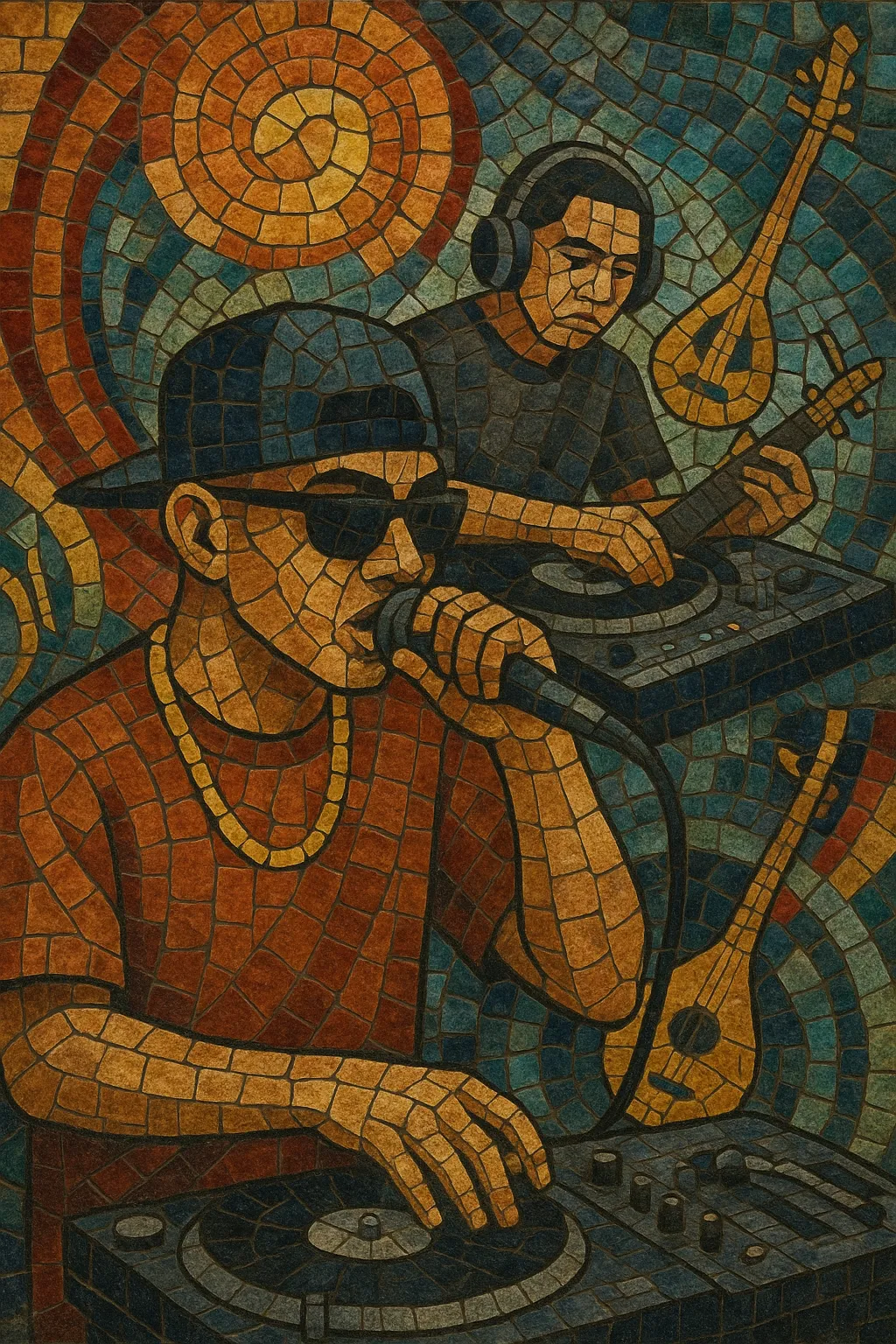Thai hip hop is the localized expression of global hip hop culture performed primarily in the Thai language (and regional dialects), often with code‑switching between Thai and English. It blends classic hip hop elements—rapping, DJing, beat production, and street fashion—with Thai idioms, humor, and regional musical colors.
Musically, it spans from boom‑bap and G‑funk in the 1990s/2000s to trap‑leaning sounds in the 2010s/2020s. Producers frequently sample or reference Thai and Isan (northeast) folk music such as luk thung and mor lam, sometimes incorporating instruments like the khaen or phin. Lyrically, it ranges from party and romance themes to sharp social commentary.
Because Thai is a tonal language, flows and cadences often emphasize clear diction, syllable timing, and tone‑aware rhyme placement, creating a distinct rhythmic feel compared to English‑language rap.
Hip hop reached Thailand in the early–mid 1990s through imported records, MTV, and club culture. Early pioneers adapted boom‑bap beats and G‑funk textures to Thai lyricism, proving that rapid‑fire rapping could work in a tonal language. Artists such as Joey Boy helped introduce rap to a mainstream audience, while local crews cultivated a street‑level scene in Bangkok.
The 2000s saw the rise of powerhouse acts and labels that professionalized the scene. Thaitanium popularized a slick, radio‑ready take on hip hop, mixing Thai and English and collaborating widely across Southeast Asia. Joey Boy’s Gancore Club nurtured talent and broadened the genre’s commercial footprint, embedding rap hooks into Thai pop and club music.
YouTube, Facebook, and local battle platforms (notably RAP IS NOW) catalyzed a new generation of MCs and producers. Television competitions like “The Rapper” brought hip hop into prime‑time. Sonically, global trap aesthetics—808 sub‑bass, triplet hi‑hats, moody pads—became dominant. In 2018, Rap Against Dictatorship’s viral protest single “Prathet Ku Mee (What My Country’s Got)” spotlighted hip hop’s political potential in Thailand and drew international attention.
Thai hip hop diversified further, with artists blending mor lam and luk thung motifs into trap and melodic rap, and with increased cross‑border collaborations in Asia. MILLI’s high‑profile festival appearances symbolized the genre’s global visibility. Today, the scene ranges from aggressive street rap to glossy pop‑rap, while regional dialect flows (especially Isan) continue to shape a uniquely Thai sound.


